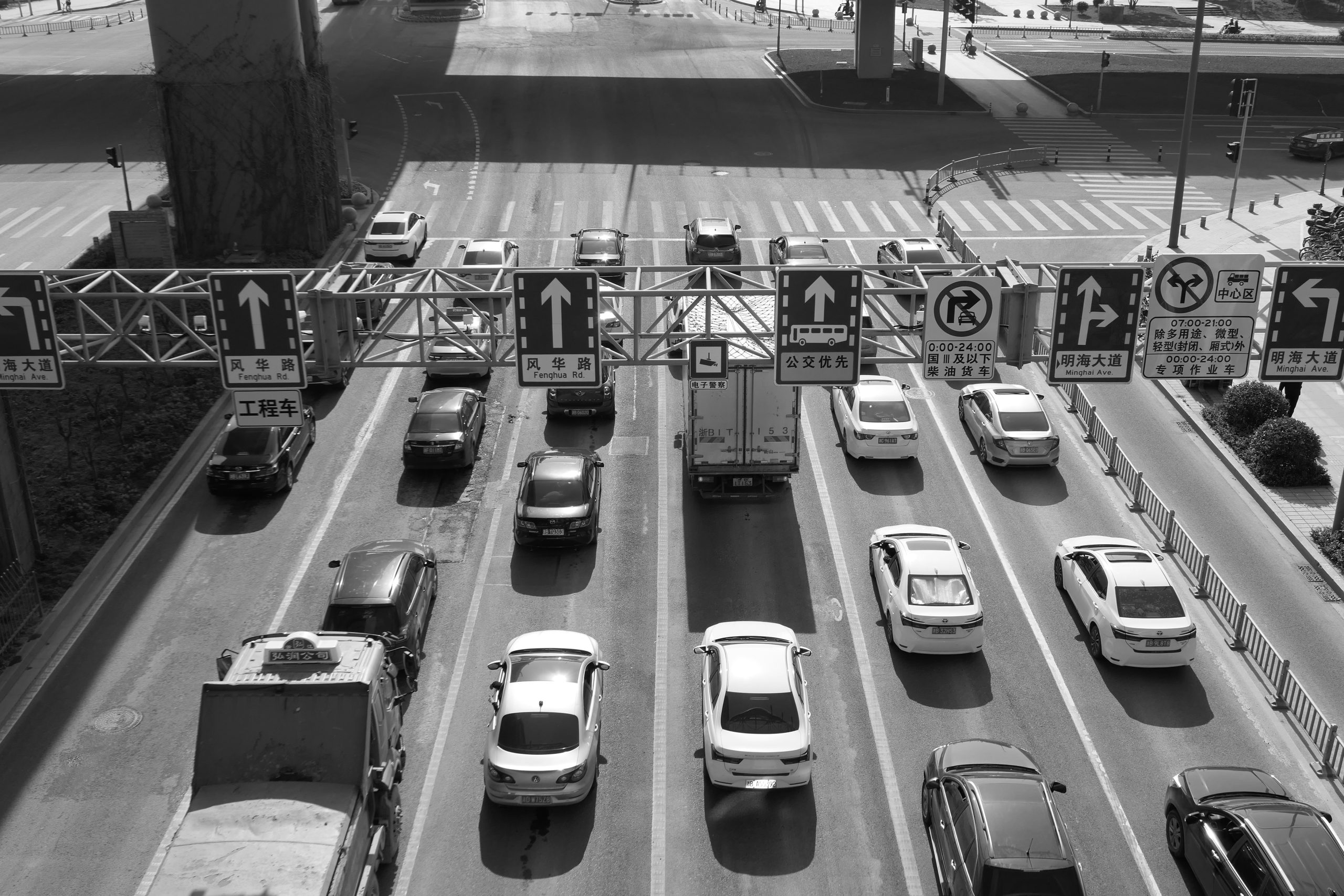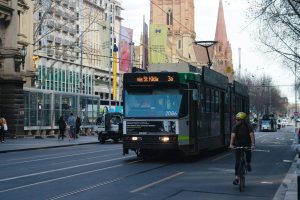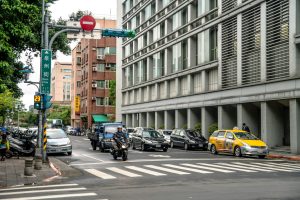Cars Have Shaped Modern Architecture and Infrastructure
It is no secret that cars have had a tremendous impact on the way we live our lives. From our daily commutes to cross-country road trips, cars are an integral part of our modern day society. However, their influence goes beyond just transportation. In fact, cars have played a significant role in shaping modern architecture and infrastructure. In this article, we will explore the various ways in which cars have influenced the design, construction, and development of our built environment.
Revolutionizing Transportation
Before the invention of cars, people relied on walking, horse-drawn carriages, and trains as their primary means of transportation. This limited their mobility and the distance they could travel. With the advent of automobiles in the late 19th century, everything changed. Cars provided a newfound freedom and flexibility that was previously unimaginable. People could now easily travel from one place to another, and this had a profound impact on the way our cities and towns were designed.
Roads and Highways
As the number of cars on the road increased, there was a need for better infrastructure to support them. In the early 20th century, city planners started to build roads and highways specifically designed for cars. This led to the development of vast networks of highways, connecting cities and towns across the country. These roads not only made it easier for people to travel, but also boosted economic growth by facilitating the transportation of goods and services.
Suburban Development
The rise of cars also led to the development of suburbs. With the ability to travel long distances, people no longer needed to live close to their workplaces. This led to the creation of suburban communities, where people could have larger homes and more space. The suburbs also saw the development of shopping centers, schools, and other amenities, all made possible by the widespread use of cars.
Elevating Design
Cars have also had a significant influence on the design of buildings, both aesthetically and functionally. Architects and designers started to incorporate features like large windows and spacious garages to accommodate cars. This changed the overall look of buildings, shifting towards a more modern and functional approach. On a functional level, the increase in car ownership also led to the development of parking garages and lots, making it easier for people to park their cars while visiting buildings and other facilities.
Car-Centric Cities
In the mid-20th century, cars became the primary mode of transportation in many cities around the world. This led to the development of car-centric cities, where streets and parking lots dominated the landscape. Many buildings were designed with a focus on accommodating cars, rather than pedestrians. This shift in design also had an impact on the way cities were planned, with an emphasis on creating easy access and ample parking for cars.
Embracing Innovation
As cars continued to evolve, so did the buildings and infrastructure that support them. With the emergence of electric cars, we will see a shift towards designing cities and buildings that offer charging stations, and perhaps even buildings that generate their own renewable energy to power these vehicles. This integration of cars and architecture showcases our ability to adapt and embrace new technologies, ultimately shaping our built environment and our way of life.
Green Design and Sustainability
The rise of electric and hybrid cars has also increased the focus on sustainable design and environmental impact. Architects and designers are now incorporating green technologies and practices into their projects to reduce the carbon footprint of buildings and cities. This shift towards sustainability is not only influenced by cars, but it also impacts the way we design and construct our built environment, creating a more eco-friendly and livable future.
Conclusion
Cars have been a driving force in shaping modern architecture and infrastructure. Their impact goes beyond just transportation; it has influenced the way we design, build, and live in our built environment. From revolutionizing transportation to elevating design and embracing innovation, cars have played a vital role in shaping our modern cities and towns. As we continue to evolve and develop new technologies, we can only imagine the further influence that cars will have on our built environment in the future.










